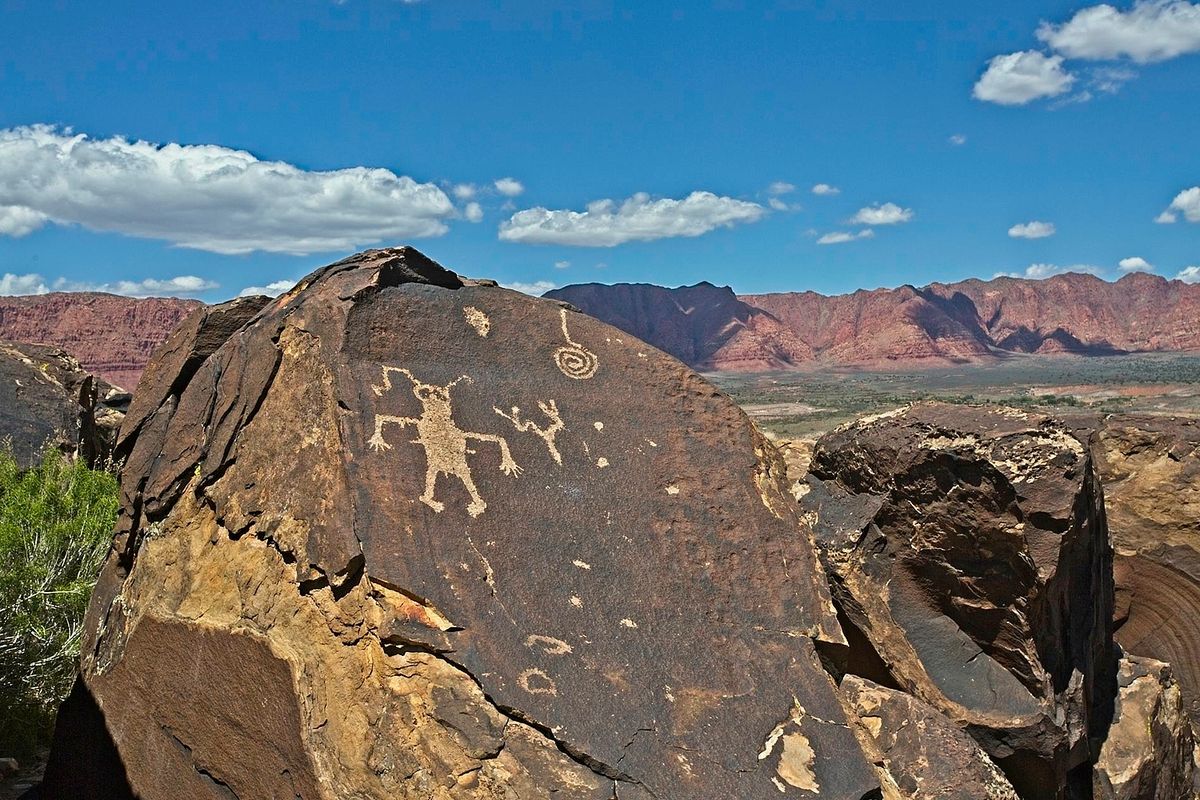Secrets Of Utah’s Great Basin Petroglyphs

Have you ever wondered about the ancient stories carved into the rocks of Utah's Great Basin? These petroglyphs offer a glimpse into the lives and beliefs of the region's early inhabitants. Found scattered across the rugged landscape, these rock carvings date back thousands of years. They depict everything from hunting scenes to spiritual symbols. Visiting these sites feels like stepping back in time. Imagine standing where ancient artists once stood, chiseling their stories into stone. Whether you're a history buff or just love a good mystery, exploring these petroglyphs is a must. Ready to uncover the secrets of Utah's Great Basin?
Discovering the Ancient Art of Utah's Great Basin Petroglyphs
Utah's Great Basin holds a treasure of ancient art etched into stone. These petroglyphs tell stories of the people who lived here long ago. Let's explore some of the most fascinating sites where you can see these incredible carvings.
1. Nine Mile Canyon
Nine Mile Canyon, often called the "world's longest art gallery," stretches over 40 miles. This canyon is home to thousands of petroglyphs and pictographs created by the Fremont and Ute people.
- Highlights: The Great Hunt panel, which depicts a large group of bighorn sheep and hunters.
- Accessibility: Easily accessible by car, with several pull-off spots for viewing.
2. Parowan Gap
Parowan Gap is a natural passageway through the Red Hills, famous for its extensive collection of petroglyphs. The gap was used as a travel route by ancient peoples and is now a significant archaeological site.
- Highlights: The Zipper Glyph, believed to be an ancient calendar or map.
- Accessibility: A short drive from Parowan, with a well-maintained parking area and interpretive signs.
3. Newspaper Rock
Newspaper Rock is a state historic monument featuring one of the largest collections of petroglyphs in the Southwest. The rock is covered with hundreds of symbols and figures, some over 2,000 years old.
- Highlights: A diverse array of images, including animals, human figures, and abstract shapes.
- Accessibility: Located along the scenic Indian Creek Corridor Scenic Byway, with a paved path leading to the rock.
4. Capitol Reef National Park
Capitol Reef National Park is not only known for its stunning landscapes but also for its ancient rock art. The park's petroglyphs were created by the Fremont culture and can be found in several locations.
- Highlights: The petroglyph panels near the visitor center, depicting anthropomorphic figures and animals.
- Accessibility: Easily accessible from the park's main road, with parking and viewing platforms.
5. McConkie Ranch
McConkie Ranch, located in Dry Fork Canyon, is a privately-owned site with some of the most detailed petroglyphs in Utah. The ranch offers a unique opportunity to see rock art up close.
- Highlights: The Three Kings panel, featuring large, intricately carved figures.
- Accessibility: A short hike from the parking area, with well-marked trails and interpretive signs.
6. Sego Canyon
Sego Canyon, near the ghost town of Sego, boasts a rich collection of petroglyphs and pictographs from different cultures, including the Fremont, Ute, and Archaic peoples.
- Highlights: The Barrier Canyon Style pictographs, known for their ghostly, elongated figures.
- Accessibility: Accessible by a dirt road, with a short walk to the rock art panels.
7. Fremont Indian State Park
Fremont Indian State Park, located in Clear Creek Canyon, preserves the remnants of the Fremont culture, including numerous petroglyphs and pictographs.
- Highlights: The Five Finger Ridge site, with a concentration of rock art and ancient dwellings.
- Accessibility: Easily accessible from I-70, with a visitor center and well-maintained trails.
8. San Rafael Swell
The San Rafael Swell is a rugged, remote area with a wealth of petroglyphs and pictographs. This region offers a more adventurous experience for those willing to explore.
- Highlights: The Rochester Panel, a large and complex panel featuring numerous figures and symbols.
- Accessibility: Requires a high-clearance vehicle and some hiking, but the effort is well worth it.
9. Dinosaur National Monument
Dinosaur National Monument, known for its dinosaur fossils, also has significant rock art sites. The petroglyphs here were created by the Fremont people and are well-preserved.
- Highlights: The Swelter Shelter site, with detailed carvings of animals and human figures.
- Accessibility: Accessible by car, with a short walk to the viewing area.
10. Valley of Fire State Park
Valley of Fire State Park, though located in Nevada, is close enough to Utah to be included in this list. The park features stunning red rock formations and numerous petroglyphs.
- Highlights: The Atlatl Rock, with carvings of ancient hunting tools and animals.
- Accessibility: Easily accessible by car, with a short hike to the petroglyphs.
The Timeless Allure of Utah's Petroglyphs
Utah's Great Basin petroglyphs offer a glimpse into ancient cultures. These rock carvings, etched by Native American tribes, tell stories of daily life, spiritual beliefs, and the natural world. Visiting these sites is like stepping back in time, connecting with the past in a tangible way. The petroglyphs are scattered across the state, each site offering unique insights and experiences. From the intricate designs at Parowan Gap to the mysterious figures at Nine Mile Canyon, there's something for everyone. Respect for these sacred sites is crucial, ensuring they remain preserved for future generations. Whether you're a history buff, an art lover, or just curious, Utah's petroglyphs are a must-see. They remind us of the rich heritage and enduring spirit of the people who once called this land home.

